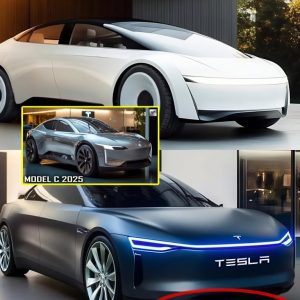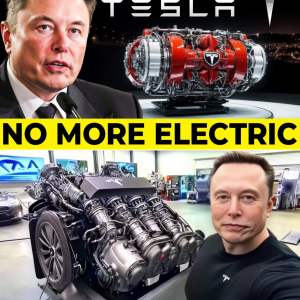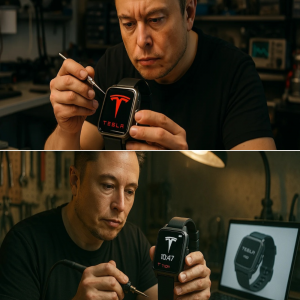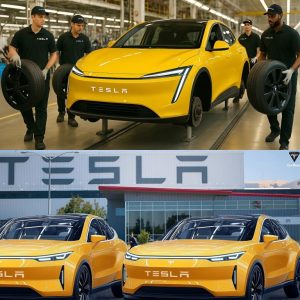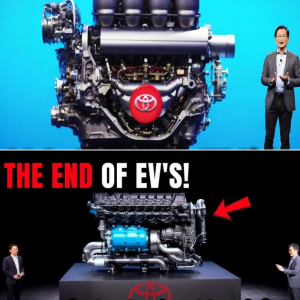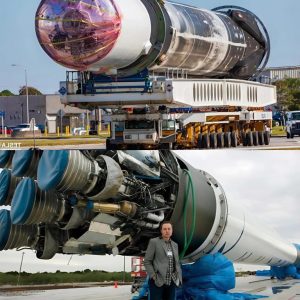Corleo: Kawasaki’s Hydrogen-Powered Robotic Horse Unveiled
A Leap into Tomorrow’s Mobility
On April 4, 2025, Kawasaki Heavy Industries sent ripples through tech and adventure circles with the unveiling of Corleo, a hydrogen-powered, four-legged robotic horse designed for human riders. Unveiled at the Osaka-Kansai Expo 2025, Corleo fuses cutting-edge robotics, AI-driven controls, and eco-friendly hydrogen technology to redefine off-road travel. While production isn’t slated until 2050, this audacious concept has sparked excitement—and skepticism—about the future of personal transportation.
From Myth to Machine: Bringing Corleo to Life
Corleo draws its name from Cor Leonis, the brightest star in Leo, signaling Kawasaki’s vision of a shining new frontier. Unlike bicycles, motorcycles, or electric ATVs, this two-seater quadruped moves with animal-like grace. Inspired by lions, deer, and panthers, each of Corleo’s four independently controlled legs uses a cloven-hoof design—similar to goats—to maintain traction on grasslands, rocky trails, rubble fields, and snowy slopes. A promotional CGI video depicts Corleo galloping across meadows, leaping over crevasses, and scaling mountains—evoking memories of mechanical beasts in video games like Horizon Zero Dawn.
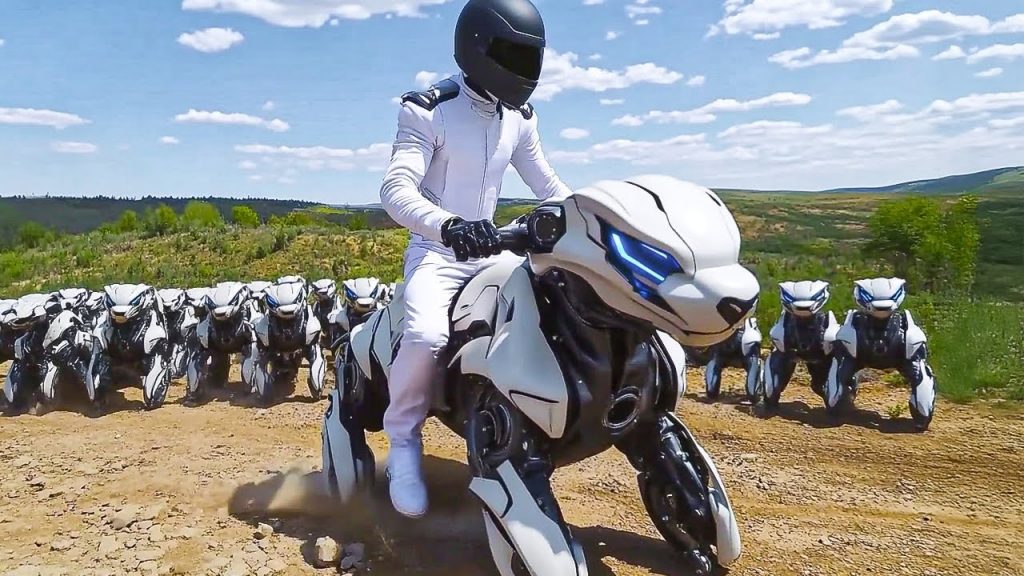
Hydrogen Power: Clean Energy for Boundless Adventure
At its core, Corleo houses a 150cc hydrogen engine that drives on-demand electric motors in each limb. Unlike fossil-fuel vehicles, its only byproduct is water vapor, aligning perfectly with Japan’s push for carbon-neutral mobility. Kawasaki’s prior hydrogen initiatives—including the 2024 Ninja H2 HySE motorcycle—set the stage for this eco-friendly marvel. A sleek, motorcycle-inspired frame of metal and carbon materials cradles a head-like cockpit shield with built-in lights and a high-tech instrument panel displaying hydrogen levels, navigation cues, and weight distribution.
AI-Enhanced Rider Experience: Steer with Your Body
What truly sets Corleo apart is its intuitive control system. Riders guide this robotic steed by shifting their body weight—much like horseback riding—while adjustable stirrups and handlebars detect subtle movements. An AI-driven “brain” scans terrain in real time, selecting optimal footfalls to guarantee stability and safety even on treacherous landscapes. At night, Corleo projects navigational arrows onto the ground, acting like a hoof-mounted GPS. By eliminating joysticks and throttles, Kawasaki ensures that novices can mount up quickly while seasoned riders still savor genuine adventure.
All-Terrain Mastery: Beyond Wheels and Tracks
Kawasaki touts Corleo as a revolutionary off-road personal mobility vehicle, combining motorcycle handling with pack-animal endurance. Its rear legs move independently of the front ones, absorbing shocks and maintaining balance, while the entire rear half functions as a swingarm—an homage to Kawasaki’s motorcycle engineering. Riders may adopt a jockey-like crouch for rapid gallops or sit upright for steep climbs, fostering a profound connection between human and machine. Corleo’s design promises to open new possibilities in exploration, tourism, and even futuristic theme parks.

Sci-Fi Aesthetic: Robotic Steed Meets Pop Culture
With its sinewy silhouette and gleaming surfaces, Corleo taps into the cultural fascination with robotic creatures—from Star Wars speeder bikes to Avatar’s direhorses. Kawasaki’s promotional imagery highlights sleek lines, glowing sensors, and a futuristic dashboard that feel plucked from a blockbuster movie. By blending visceral thrills of horseback riding with hydrogen-powered technology, Corleo stands out as a symbol of tomorrow’s adventures.
Practical Potential: Rescue, Research, and Recreation
While Corleo’s adventuring appeal is clear, its practical applications are equally compelling. Search-and-rescue teams could dispatch this agile robot into rugged terrain where wheeled vehicles falter, carrying gear or evacuees. Environmental researchers might traverse fragile ecosystems without fossil-fuel emissions or noise pollution, preserving sensitive habitats. Even ecotourism outfits could offer guided robotic steed rides through national parks, combining sustainability with excitement.
Viral Sensation: Public Reactions and Social Buzz
Corleo has ignited social media. On X (formerly Twitter), user @minchoi dubbed it a “sci-fi beast,” while @MarioNawfal praised its hydrogen innovation. Kawasaki’s concept video racked up over 711,000 views on YouTube, proving that the world is hungry for visions of next-generation mobility. Enthusiasts share GIFs of Corleo bounding up rocky slopes, while futurists debate its implications for 2050 and beyond.
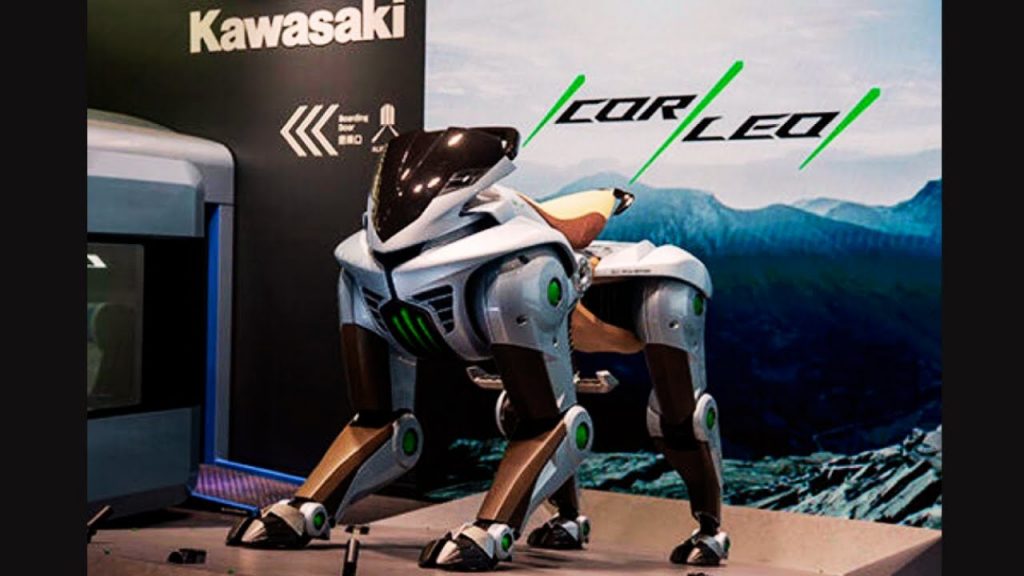
Skepticism and Technical Hurdles
Despite the hype, Corleo faces significant hurdles. The current prototype on display can only stand and pose—its dynamic gallops are purely CGI. Critics on Reddit’s r/Futurology dismiss it as “vaporware,” noting a lack of technical specifics on speed, range, battery life, and hydrogen tank capacity. Kawasaki’s own 2050 production timeline suggests the technology is still decades away from reality, and some question whether it will ever reach mass production.
Infrastructure Challenges: Hydrogen Refueling and Maintenance
Practical deployment demands widespread hydrogen infrastructure—today sparse and costly to build. Refueling stations cost millions, and transporting hydrogen safely over long distances remains a logistical puzzle. Corleo’s complex leg mechanics also raise concerns: joints and actuators exposed to mud, snow, or debris could be prone to breakdowns in harsh environments. Moreover, the high cost of the technology may confine Corleo to niche markets, from luxury adventure tours to specialized industrial uses.
Competing Innovations: The Race for Robotic Mobility
Kawasaki isn’t alone in exploring rideable quadrupeds. XPeng has teased child-friendly robo-pets, and Boston Dynamics’ Spot robot demonstrates exceptional four-legged mobility—though it’s not designed for riders. If Kawasaki fails to swiftly develop a functional prototype, rivals could overtake them. The market for personal robotic mobility is heating up, and every day lost is an opportunity for competitors to seize.
Why Corleo Matters: Vision Beyond Motorcycles
Regardless of its ultimate fate, Corleo embodies Kawasaki’s ambition to fuse robotics, AI, and hydrogen tech into a new mobility paradigm. Since establishing its robotics division in 1989, Kawasaki has delivered industrial robots and educational systems like Astorino. The unveiling of Corleo and projects like the humanoid robot Kaleido signals a strategic push beyond motorcycles toward sustainable, human-centric transport solutions.
Inspiring Tomorrow: Beyond Practicality
Corleo taps into our collective imagination—reminding us that transportation need not be confined to wheels or tracks. By weaving eco-friendly power with a visceral riding experience, Kawasaki invites us to dream of 2050’s landscapes dotted with robotic steeds. Even if Corleo never sees commercial production, its unveiling stretches the boundaries of possibility, kindling debates about how we’ll explore, work, and play in the decades ahead.
Conclusion
Kawasaki’s Corleo concept combines hydrogen-driven propulsion, AI-guided legged locomotion, and a rider-focused control interface to create a “robotic steed” that could redefine off-road mobility. Its eco-friendly water vapor emissions and all-terrain prowess captivate the imagination, while practical challenges—hydrogen infrastructure, mechanical durability, and cost—temper the excitement. Whether Corleo gallops into production or remains a futuristic vision, its bold fusion of robotics and sustainability underscores Kawasaki’s role as a pioneer in personal transport’s next frontier.
